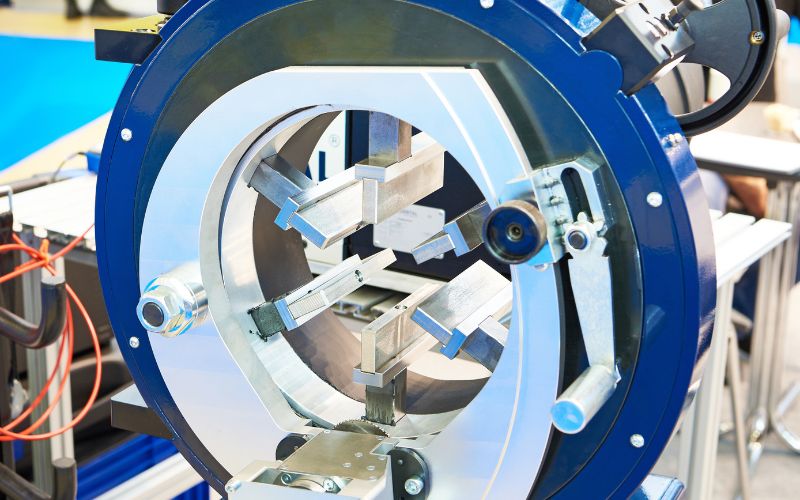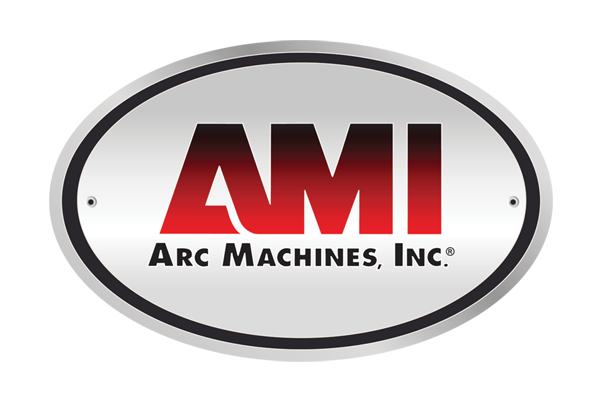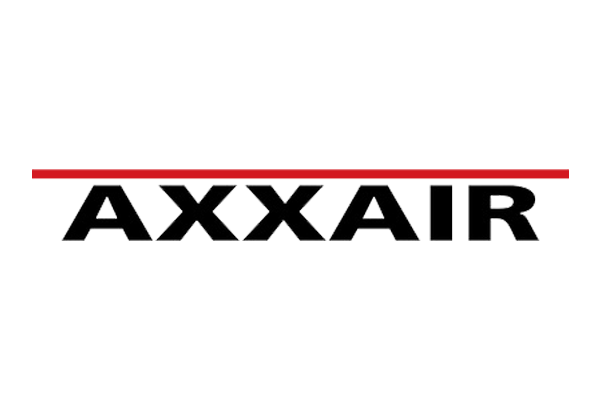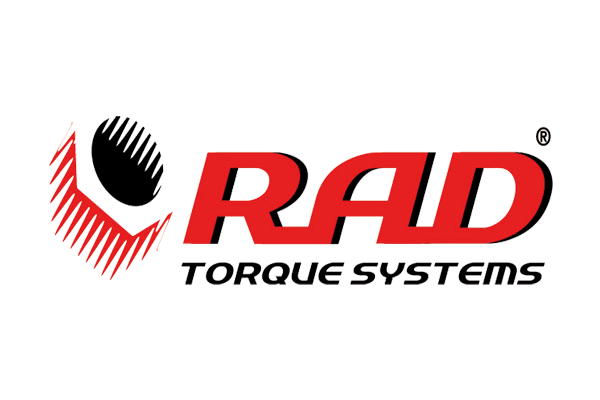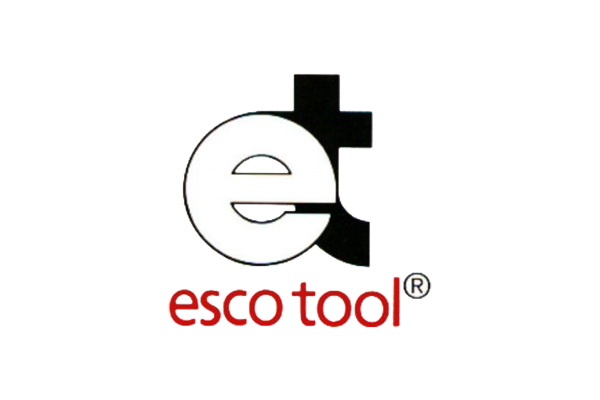The Growing Demand for Orbital Welding in Pharmaceuticals
Precision is key in the pharmaceutical industry. Any errors in the manufacturing process can lead to serious consequences, including product contamination, wasted materials, and even legal battles. One area where precision is particularly crucial is in welding. Poorly welded equipment can lead to leaks, corrosion, and other issues, ultimately compromising the safety and efficacy of pharmaceutical products.
These problems are where orbital welding comes in. Many pharmaceutical companies have turned to this cutting-edge welding technique in recent years to achieve greater precision, efficiency, and repeatability. Let’s take a closer look at the growing demand for orbital welding in pharmaceuticals and the reasons behind its popularity.
Enhanced Precision
Unlike other techniques, orbital welding involves rotating the welding electrode around the joint, ensuring the weld is consistent and uniform. This results in a higher quality and more precise weld, which is particularly important in pharmaceutical industries where even minor variations can have significant consequences.
Greater Efficiency and Consistency
Orbital welding also allows for faster and more consistent welding. This consistency can be especially valuable in large-scale pharmaceutical operations that require multiple welds that must be performed quickly and consistently. By eliminating the need for manual welds, orbital welding can yield significant time and cost savings.
Safer for Workers and Products
Traditional welding techniques often involve high levels of heat and pressure, posing safety risks to workers and damaging sensitive pharmaceutical equipment. Alternatively, orbital welding is a relatively low-heat, low-pressure process that minimizes the risk of damage, contamination, and injuries. This difference, in turn, leads to greater product safety and reduced liability risks for pharmaceutical companies.
Compliance With Regulatory Standards
Regulatory compliance is a top priority for pharmaceutical companies. The high precision and repeatability offered by orbital welding help ensure products meet strict quality control guidelines and that manufacturing processes adhere to government regulations. These guidelines can be particularly important in highly regulated pharmaceutical markets like the United States and Europe.
Versatile Applications
Lastly, it’s worth noting that orbital welding is a versatile technique that you can use in various pharmaceutical operations. It’s common for welding pipes, fittings, and vessels, but you can also apply it to other types of equipment. This versatility makes it a valuable tool for streamlining and optimizing pharmaceutical operations across many applications.
As the pharmaceutical industry continues to grow and evolve, the demand for precision and safety in manufacturing will only increase. By leveraging cutting-edge techniques like orbital welding, companies can stay ahead of the curve and position themselves for success in a competitive market. Whether you’re a pharmaceutical manufacturer looking to improve your welding processes or simply curious about the latest trends in the industry, be sure to keep an eye on the growing demand for orbital welding.
If you need an AMI orbital welder to help you achieve your welding goals, SEC Industrial has you covered. With a wide range of orbital welding equipment and services, we can help you stay at the forefront of pharmaceutical manufacturing technology. Contact us today to learn more.
